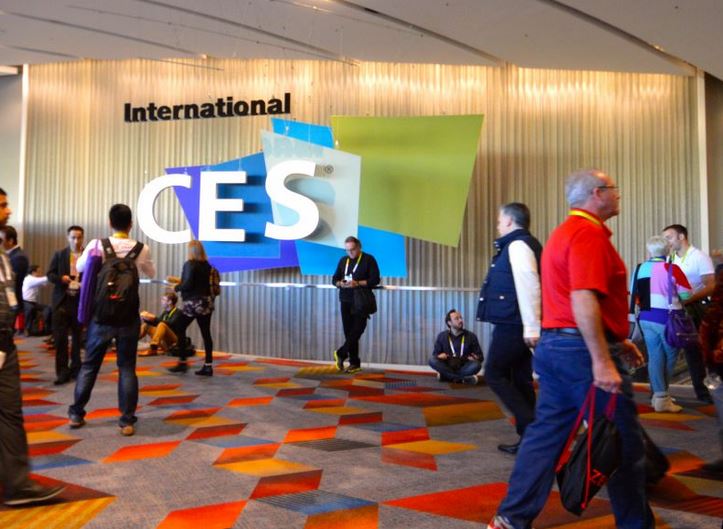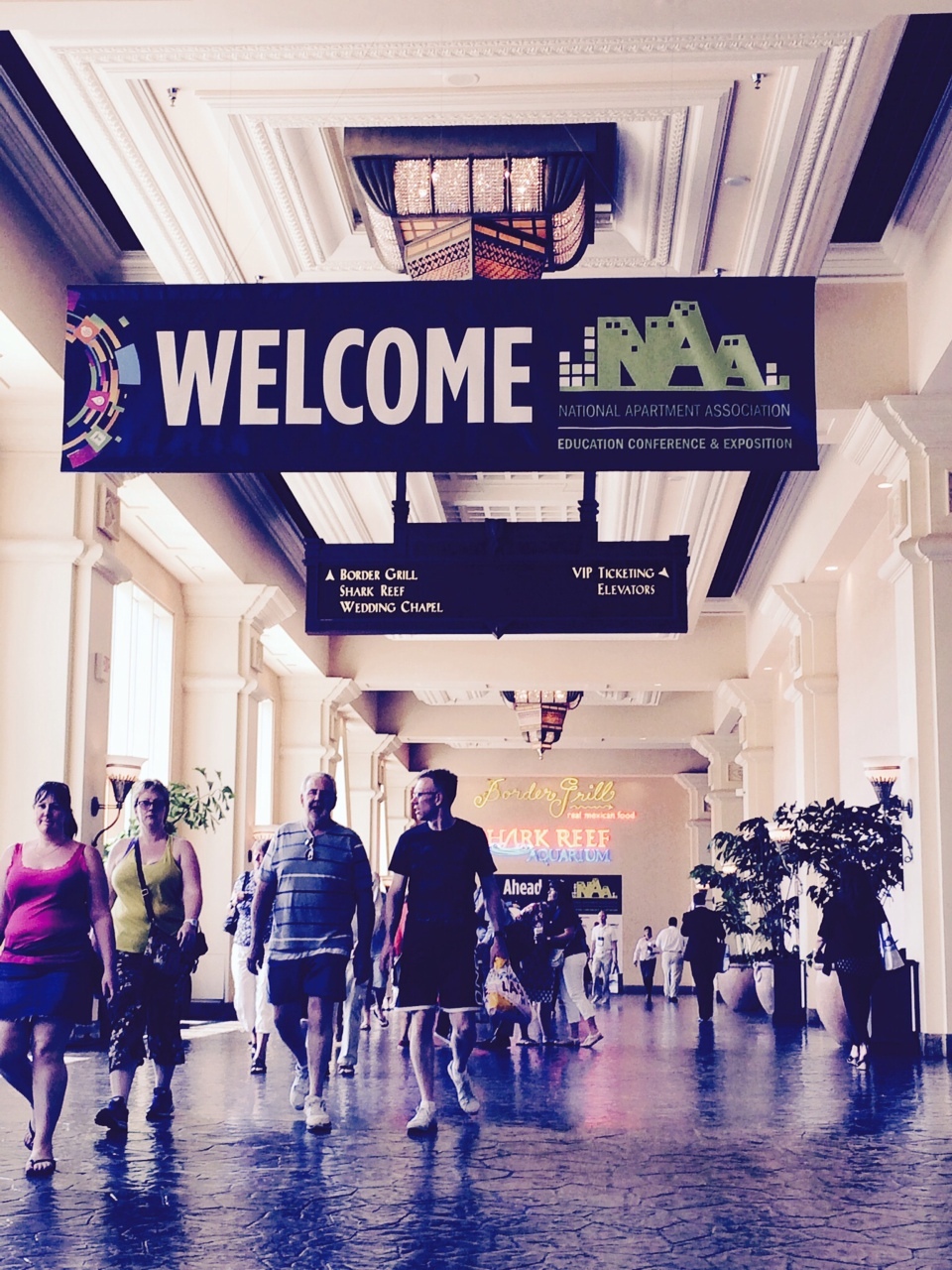Sin City Streetlights
Powered by Kinetic Energy
Hurricane Sandy is a terrifying memory, but out of its darkness, plenty of luminous people came out with innovative ideas meant for a better world. One such company is the New York-based clean tech start-up EnGoPLANET. They signed a partnership with the city of Las Vegas and installed their solar-kinetic streetlights solution at Boulder Plaza […]


